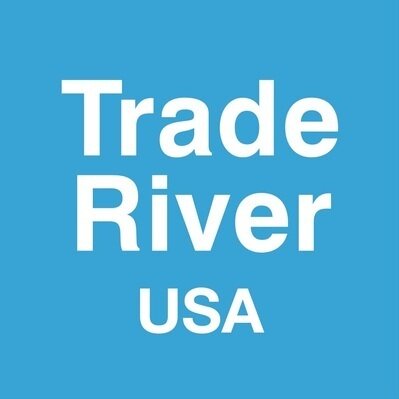Tips to Improve Cash Flow
"Despite the fact that cash is the lifeblood of a business -- the fuel that keeps the engine running -- most business owners don't truly have a handle on their cash flow," says Philip Campbell, a CPA and former chief financial officer in several companies and author of Never Run Out of Cash (Grow & Succeed Publishing 2004). "Poor cash-flow management is causing more business failures today than ever before."
While profit is the ultimate goal for many growing businesses, cash flow is the vessel to determine the ability to fulfill said goal. Cash flow problems are a prominent issue for businesses and can impact just about any organization with no regard to size, legacy, or geographic location. Considering the current state of the global economy and prevailing uncertainty around global trade, companies are more eager than ever to fortify supply chains and the secure cash flow.
One way to protect the supply chain and manage cash flow is to increase knowledge and awareness. You may ask well how do I do that with the looming uncertainty around the future of trade? The answer lies in the visibility of the supply chain. The more transparent the supply chain, the more accurate forecasts companies can make to inform the decision making process around supplier relationships, inventory, production planning, transportation, and more.
Amidst unprecedented risk exposing vulnerabilities within supply chains, managing cash flow effectively, mitigating risk and preserving working capital is crucial for both the survival and competition of small businesses. Here are some tips to reduce cash flow risks:
Reduce Variable Costs
If you want to see immediate cash flow relief, revisiting variable costs is a good place to start. Look for opportunities lean out costs; whether thats in rent, labor, packaging, etc., find unique ways to optimize costs more effectively where it’s appropriate.
Inventory Management
Material shortages and the unforeseeable ending of disruptions in supply have lead many companies to rethink their inventory management processes. Most commonly, companies are securing excess stock that is in high demand to off-put material shortages and to fulfill customer orders while navigating volatile demand fluctuations. Supply chains are rethinking lean manufacturing strategies and digital technology investments to increase visibility and secure cash flow and supplier relationships.
Audit expenses
Make sure that no cash coming in and out of the business goes unchecked. It’s important to conduct an audit of payables and receivables to protect the company’s bottom line and ensure that the company is paying the right amount. May sure there is no overpaying and that all discount opportunities are fully leveraged to benefit and sustain the businesses cash flow.
Alternative Funding: Supply Chain Finance
Companies looking to generate cash flow faster can benefit from supply chain finance so that they can stretch capital and take longer to pay suppliers by extending payment terms and the supplier can still get paid early and optimize cash flow.
Cash flow management should play a big part in company risk plans and strategies. Businesses should first assess potential vulnerabilities, weaknesses and supply chain risks and create a full-proof plan to mitigate risks and offset the prolonged economic uncertainty.

